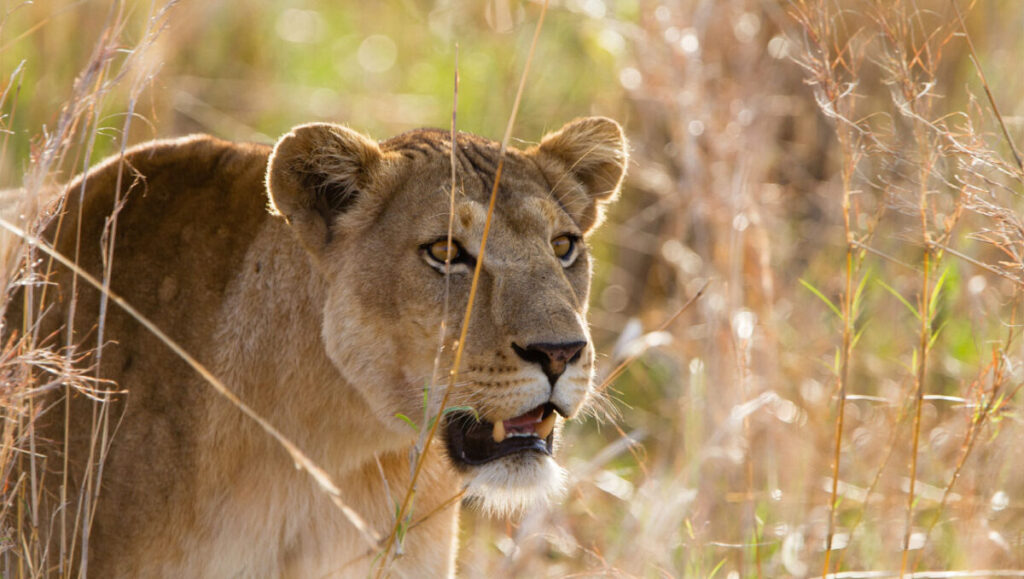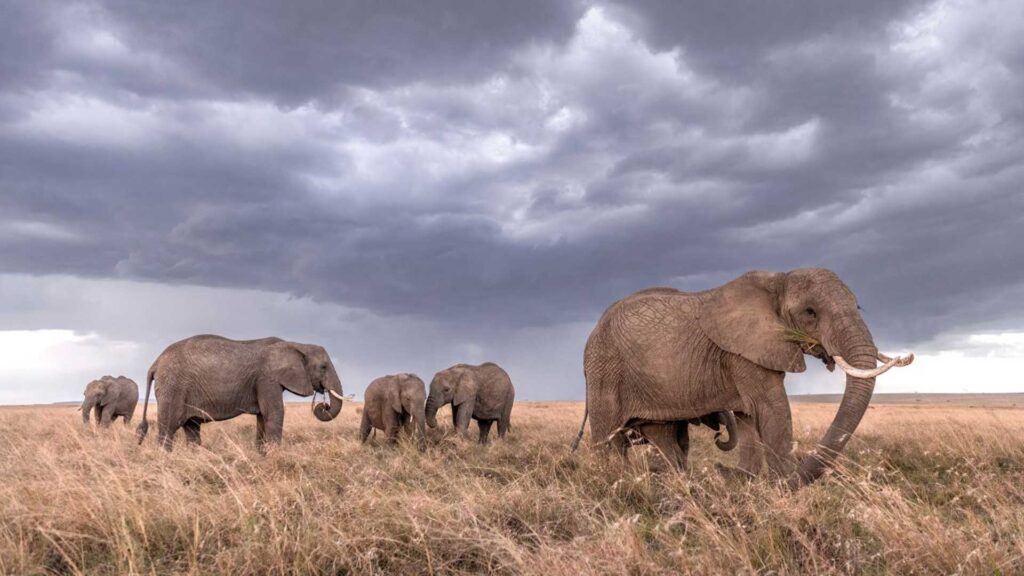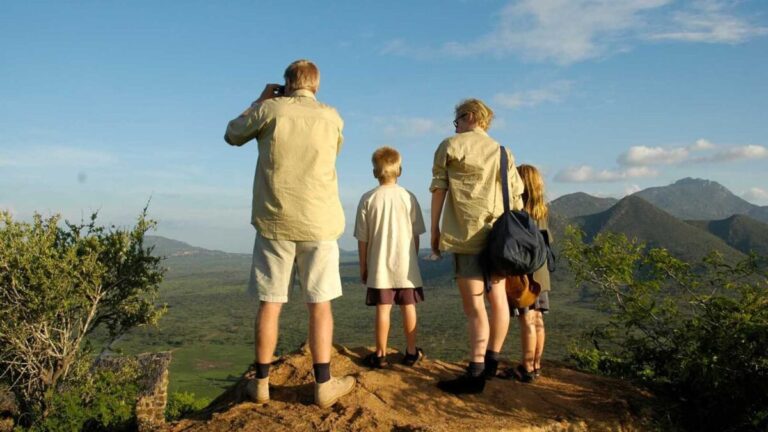Ngorongoro Crater
The Ngorongoro Conservation Area often brings to mind the image of a vast, wildlife-rich volcanic caldera where the “Big Five” and numerous other species roam freely. However, this remarkable area is much more than just the crater. It also includes mountains, lakes, forests, and expansive African plains, and is home to several globally important archaeological sites.
Covering 8,300 sq km, the Ngorongoro Conservation Area features the world’s largest unbroken caldera at its heart. This natural marvel spans approximately 300 sq km, with a depth of 600 meters and a width of 20 km. The crater’s rim sits at an impressive 2,286 meters above sea level, and the floor contains a small soda lake, Lake Magadi. Around 30,000 animals inhabit the crater, making it one of the most concentrated wildlife viewing areas in the world.
Originally part of the Serengeti National Park, the area was reclassified to accommodate the needs of the Maasai, who have lived here for centuries. Today, the conservation area is a unique model of a protected space where sustainable human activity coexists with wildlife. The Maasai continue to live in harmony with the environment, enjoying grazing rights within the crater.
In recognition of its stunning natural beauty and cultural significance, the Ngorongoro Conservation Area was designated a UNESCO World Heritage Site in 1978.




